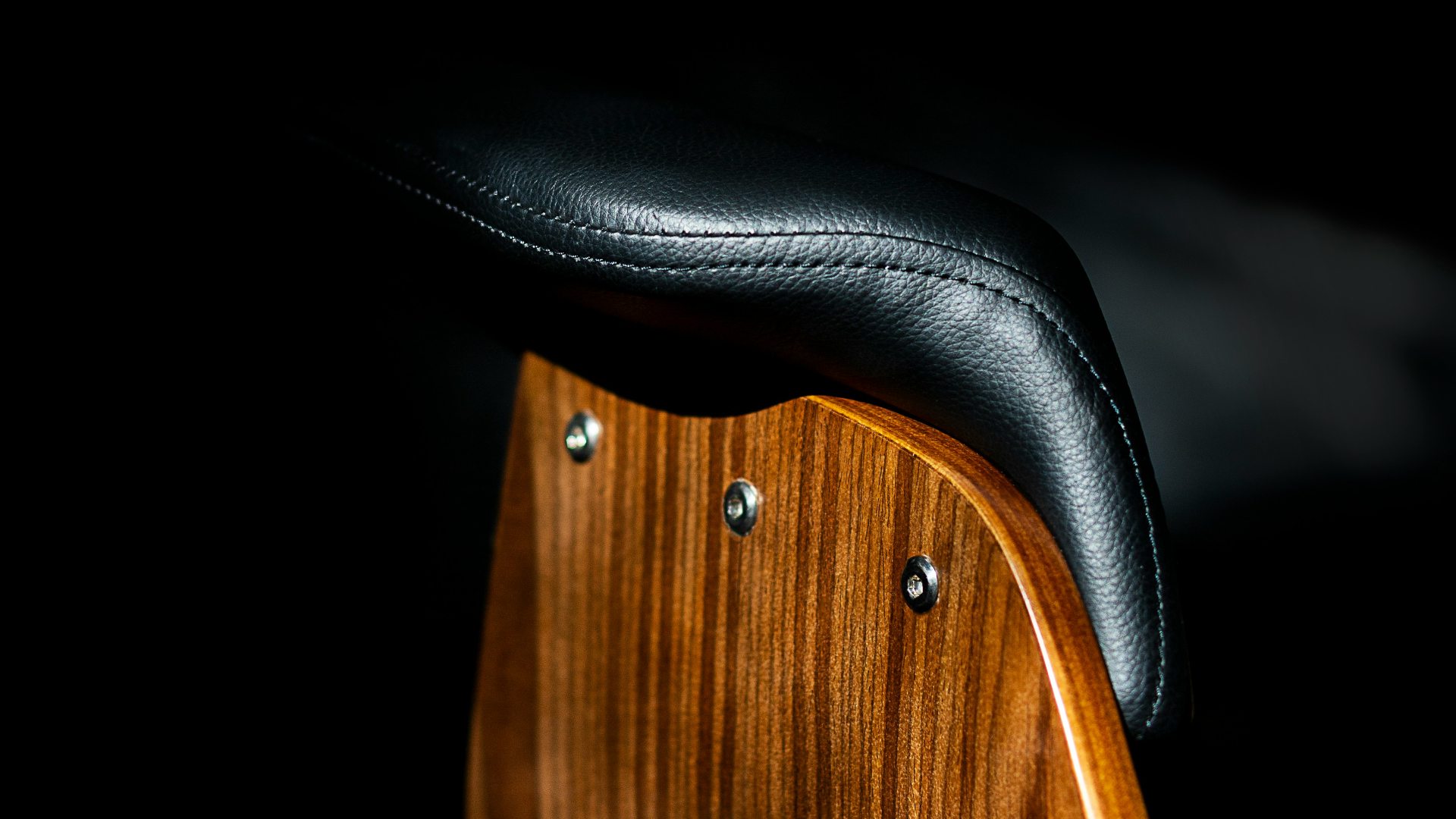Something strange is happening on your phone. If you open up Instagram, TikTok or YouTube and spend more than a few minutes scrolling, you’ll observe a strange phenomenon. Full time content creators are harnessing the very best marketing effectiveness principles, especially those to do with music and sonic branding, despite never having read Byron Sharp or attended a WARC seminar.
People like us, who work as professional marketers, only learned these principles through lots of reading and discussion. If the brand-building field was like the field of science, we’d be the institutional, peer-reviewed, buttoned up academic scientists who have all the answers. So how on earth did these backyard experimenters figure these things out without our help? Aren’t they all just narcissistic teenagers doing annoying dances in their bedrooms? Can we really glean anything from them?
I’ve been working in agencies for over a decade, and for that entire time the attitude towards creators has been one of condescending dismissal. You might have felt snooty about them yourself. And I think influencers get a bad rap in the agency world. We might begrudgingly put a few influencer tactics at the end of a deck, but rarely do we esteem them with any real respect. I think that attitude is a mistake. I think we’re a little like the world of institutional science, ignoring the backyard scientists and their brilliant discoveries (sometimes made entirely by accident).
For example, look at Mark Rober and his use of sonic branding. The former NASA engineer turned YouTuber is the internet’s favourite science teacher. At a critical point in every video, just as he’s about to break down the theory behind his latest experiment, a particular upbeat instrumental track begins to play. If you’ve watched one of his videos or Shorts, you’ll know the one I mean.
The result? Pavlovian conditioning, but in a good way. Viewers hear that music and know: ‘here comes the smart bit’. (Don’t believe me? Just look at the YouTube comments on the video the original composer of the song posted. Comments like ‘Using this to study because when Mark Rober uses it, you get smarter’ prove the point.) Without initially intending it, Rober has created his own version of what Netflix achieves with its ‘ta-dum’ or what McDonald’s does with ‘I’m Lovin’ It’.
What’s noteworthy is that Rober didn’t arrive at this through a whiteboard session at an agency or an Ehrenberg-Bass seminar. He got there through instinct, repetition, and a willingness to iterate. Once you start to look for it, you see it everywhere. One of my favourite creators, Max Joseph, told an interviewer that he edits every video ‘audio-first’, after being forced into it by some dodgy footage that forced him to figure out a solution to a deadline: a constraint that ended being a beautiful one.
ASMR creators take it one step further. These strange whispering, crackling, tapping videos have turned sound into an emotional mainline, bypassing logic and hitting the primal parts of the brain that make us feel safe, soothed, and, crucially, attentive.
ASMR is still largely seen as a niche, but brands should pay attention. People love sound that feels intimate, deliberate, and tailored to their emotional needs. It’s no coincidence that a handful of companies have begun experimenting in this space: IKEA released an ASMR video featuring the soft sounds of bed-making, and Dove (Galaxy’s US brand name) used ASMR techniques to sell chocolate.
And to be clear, the point isn’t about ASMR specifically: it’s about the new and possibly uncomfortable experiments that content creators are conducting with sound, and observing the outcome of those experiments with a posture of openness and humility.
I could go on: from TikTok influencers who’ve made entire careers from remixing audio clips; streamers, like Ludwig Ahgren who use celebratory sound effects to build community (mimicked later by apps like Robinhood and Slack); and Emma Chamberlain, who practically invented the ‘anti-soundtrack’ approach to vlogging.
All of them demonstrate that the best ideas about music and sound don’t always come from research papers or Cannes Lions winners. They emerge from trial, error, and a keen sense of what feels right. If you’re a content creator reading this and are feeling very pleased with yourself, you should. We as an industry have pooh-poohed you for far too long. Don’t stand still, keep trying new things, and we’ll keep learning what works.
As for the rest of us professional brand builders, perhaps it’s time for an attitude shift. Perhaps the question isn’t whether we can learn from content creators; it’s whether we’ll admit we should. The way they use music and sound — whether through instinct, accident, or sheer persistence — might just point the way to the next big breakthrough in marketing theory.



































